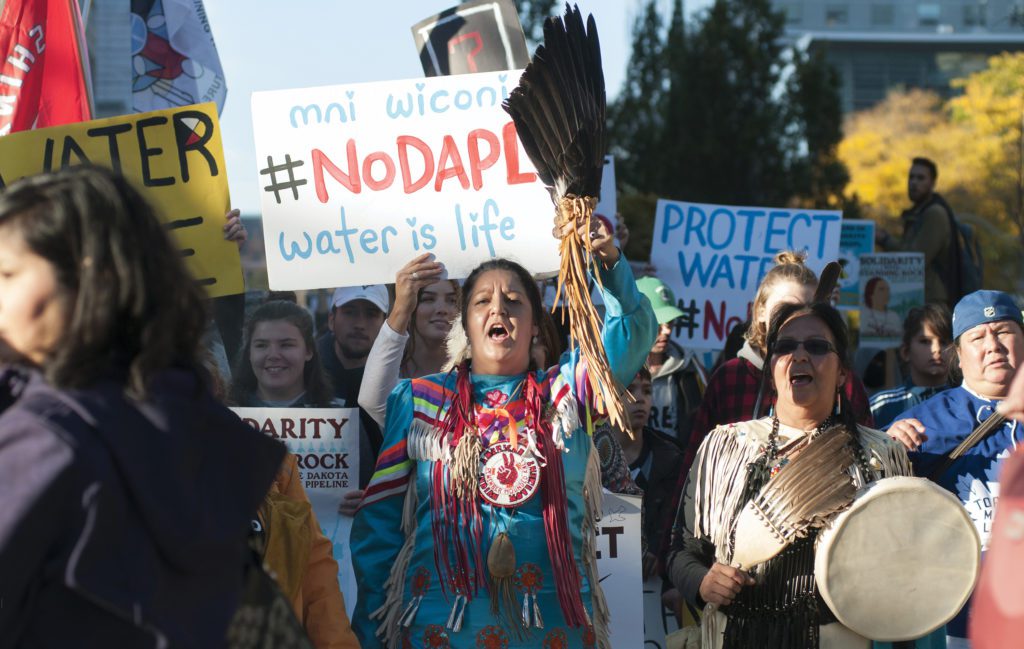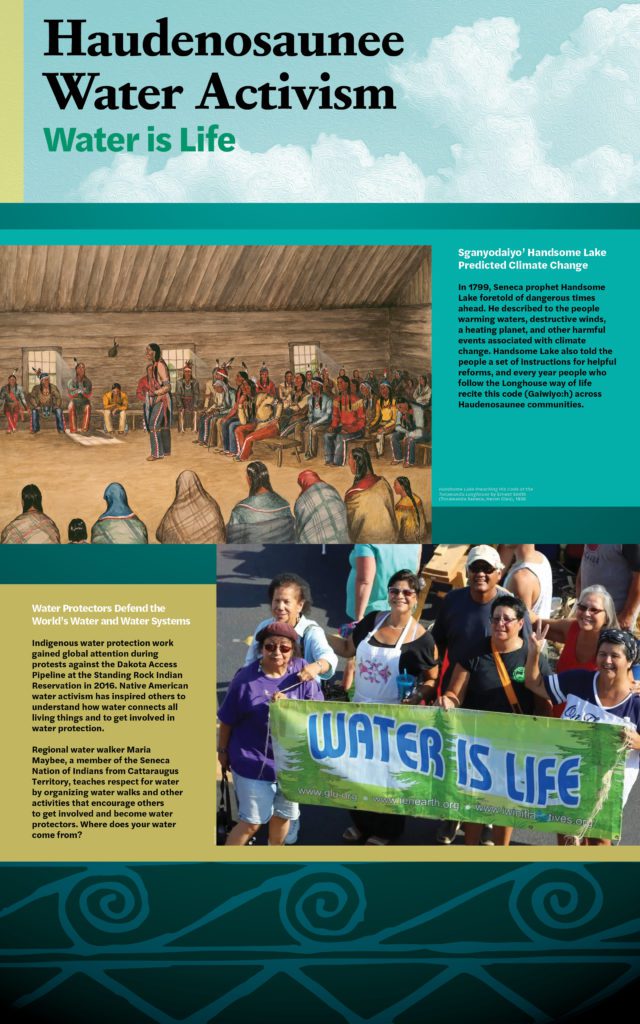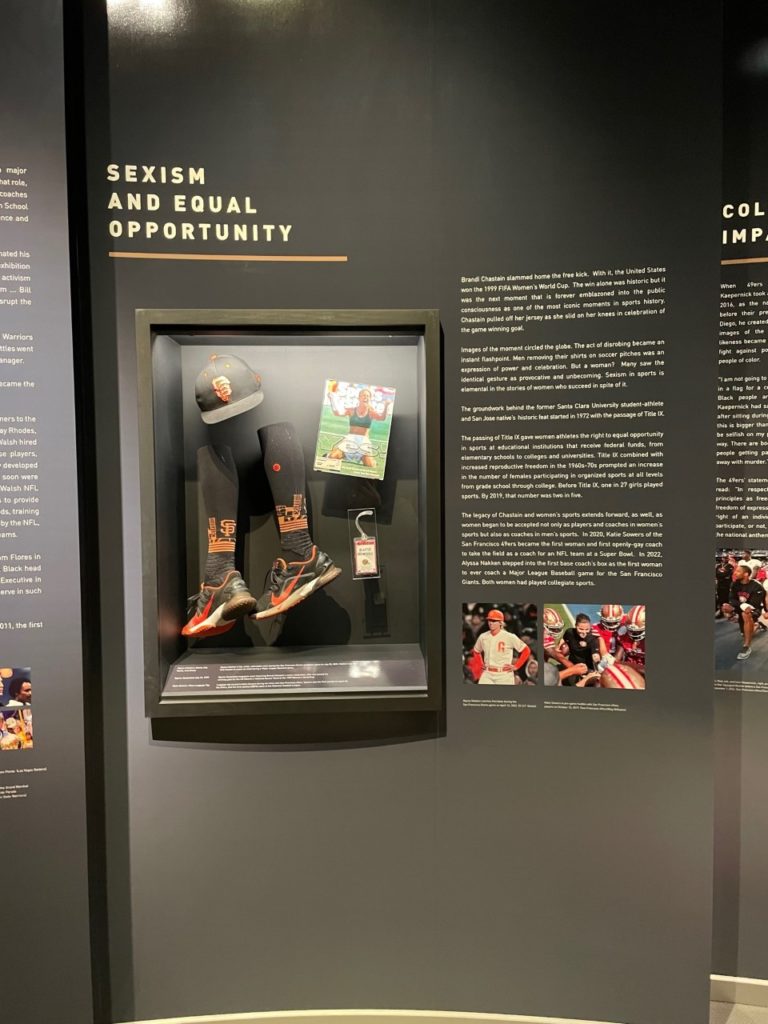Equity in Exhibits

Equity at CambridgeSeven
Over the last year, CambridgeSeven has worked on internal policies to codify and improve our workplace. We have used the framework of the highly respected Just Label, developed by the International Living Future Institute and part of the Living Building Challenge, to conduct self-assessments, solicit employee feedback, and improve workplace policy that reflects our culture of respect, equity, and inclusion.
Internally, we conduct surveys and invite local leaders in the field of Equity, Diversity and Inclusion to facilitate thought-provoking group discussions. These conversations led to the development of our own EDI Committee – a dedicated group selected specifically to monitor the quality of our work and listen to EDI-related concerns or ideas from our staff members.
In our self-assessment through the Just Label, we looked at a variety of categories related to Equity to effectively update and write new policy. This included an analysis of pay-scale equity, a Living Wage Policy, and a policy on gender pay equity, as well as other metrics. We are pleased to report that we have excellent pay-scale equity, which is a measure of the discrepancy between the highest and lowest paid employees. Our Living Wage Policy commits to financial compensation that reflects what individuals need to support themselves, based on the actual cost of living in a specific region. We use the MIT Living Wage Calculator and various salary surveys to stay competitive in the industry. For many years, CambridgeSeven has conducted internal and external audits to identify and address systemic bias and discrimination that relates to the historical undervaluation of work performed by marginalized groups. We are proud to continue this practice to ensure equal pay for equal work.
Equity in Exhibits
In our design work, we practice regularly listening to communities, clients and stakeholders as an integral part of the design process, both for public and private clients. We engage with communities to better represent different cultures and promote equity through our work, whether that’s a community center, exhibit, hotel, firehouse or park pavilion.
Case Study 01 – Highlighting Diverse Communities in Museums
At the Rochester Museum & Science Center (RMSC), we worked with the client to craft a new exhibit, “Wonders of Water,” around the importance of the waters of the region and our shared responsibility for understanding and preserving those waters for future generations. This exhibit touches on a range of topics – local ecologies, technological innovation, Indigenous peoples of New York, a historical shipwreck and the role of African Americans in the nation’s fledgling Navy, and how water impacts the lives of those living in urban and rural settings. Expressing all of these different ideas meant casting a wide net for exhibit content research and development.
To gather a holistic and inclusive overview of these stories, the museum identified a large advisory committee, which included: experts in climate change, ecology and history; advisors in disability activism; and representatives of different cultures including African Americans and the Haudenosaunee.

Located in Western New York, RMSC wanted their new exhibit to reflect Haudenosaunee perspectives. In a media exhibit about the spiritual nature of water and its central role in creation stories, Perry Ground, a member of the Onondaga Nation, tells the Haudenosaunee creation story. The museum also commissioned G. Peter Jemison, a local Seneca artist to create a custom piece about how the Erie Canal impacted Haudenosaunee lands, as told from their own point of view. On the informational wildlife and environmental science displays, the museum used Seneca names for fish and animals as well as English names so visitors learn about history, culture, and habitats simultaneously.
“Wonders of Water” also sheds light on an aspect of Black history. During the War of 1812, 15-20% of the US Navy was comprised of non-enslaved African Americans; the museum knew it was important to showcase this fact to young learners and diminish the misconception that sailors are historically all White. Visitors can climb aboard a scaled-down replica of the USS Scourge and learn about life aboard the ship and its diverse crew during the war, and also discover what underwater robots reveal about the ship, which sank to the bottom of Lake Ontario in a fierce storm. Another section of the exhibit highlights clean water and social justice issues noting that water pollution affects communities more often than White communities. One graphic pays homage to diverse activists working for water rights and clean water access in the region.
RMSC collected input from various community members to make sure the exhibit offered something informative and valuable to multiple demographics. In some of these focus groups, residents said that they didn’t feel a connection to water, so this kind of exhibit wouldn’t appeal to them. RMSC and the design team responded to this challenge by developing content that illustrates the intricate system of water used by city-dwellers, from municipal water to spray parks to watering community gardens. Extended feedback and dialogue at the beginning of the design process resulted in an exhibit that speaks to a wide audience.
Case Study 02 – Telling Difficult Histories Through Sports

The San Francisco 49ers Museum has a very different audience than the Rochester Museum and Science Center and very different subject matter in its galleries. However, this popular sports heritage organization is also working to tell the stories of inequality and injustice in America.
The 49ers Museum presented by Foxconn Industrial Internet opened its newest exhibit just ahead of the team’s annual Inspire Change game, which follows the NFL’s initiative to ensure a more equal and just future. “The Long Game” takes visitors on a journey spotlighting five historical moments in the Bay Area where sports intersected with national movements for change. This is the first exhibit of its kind in the NFL.
We anticipate that more public-facing visitor attractions will increase their efforts to make their content and messaging relevant to wider audiences and tell complicated, but necessary, stories that are instrumental in understanding our society’s development.